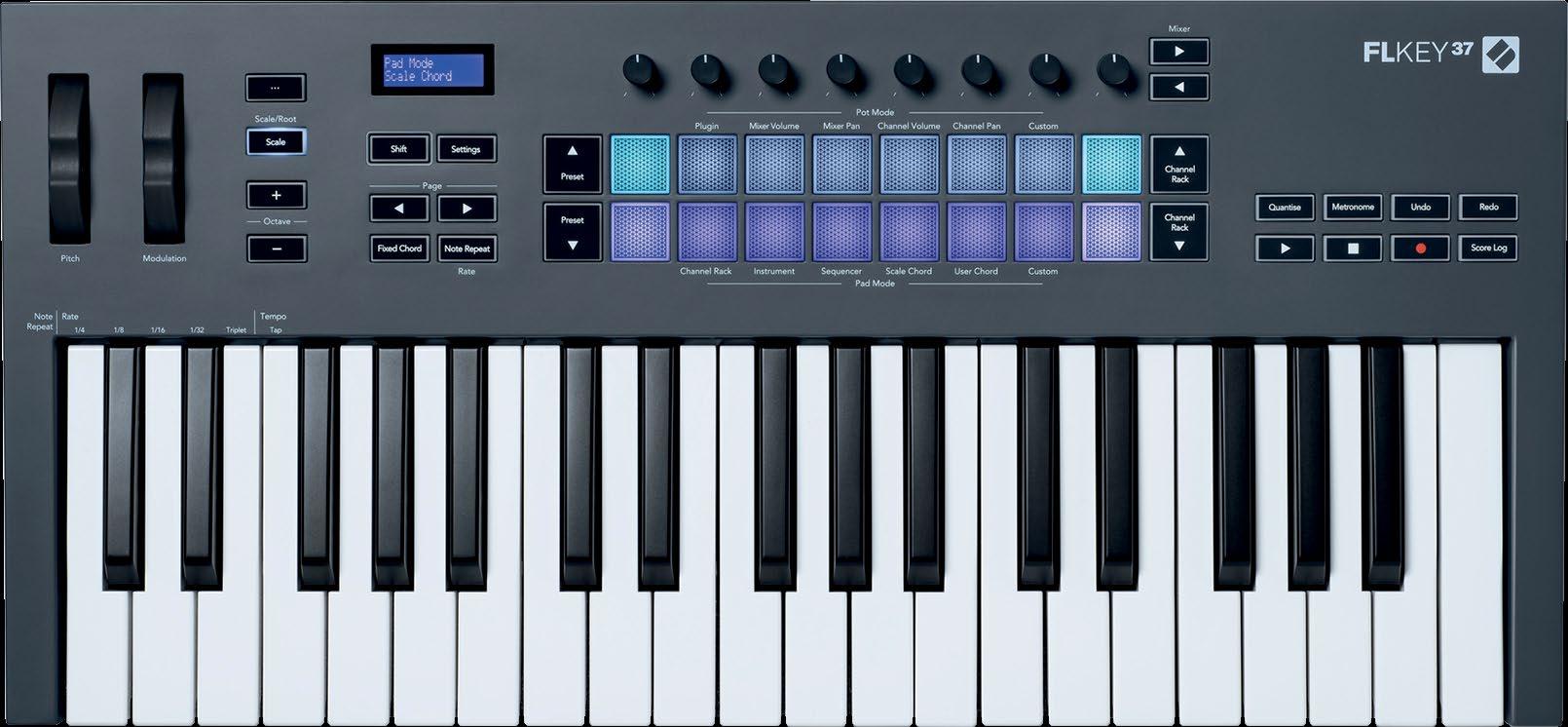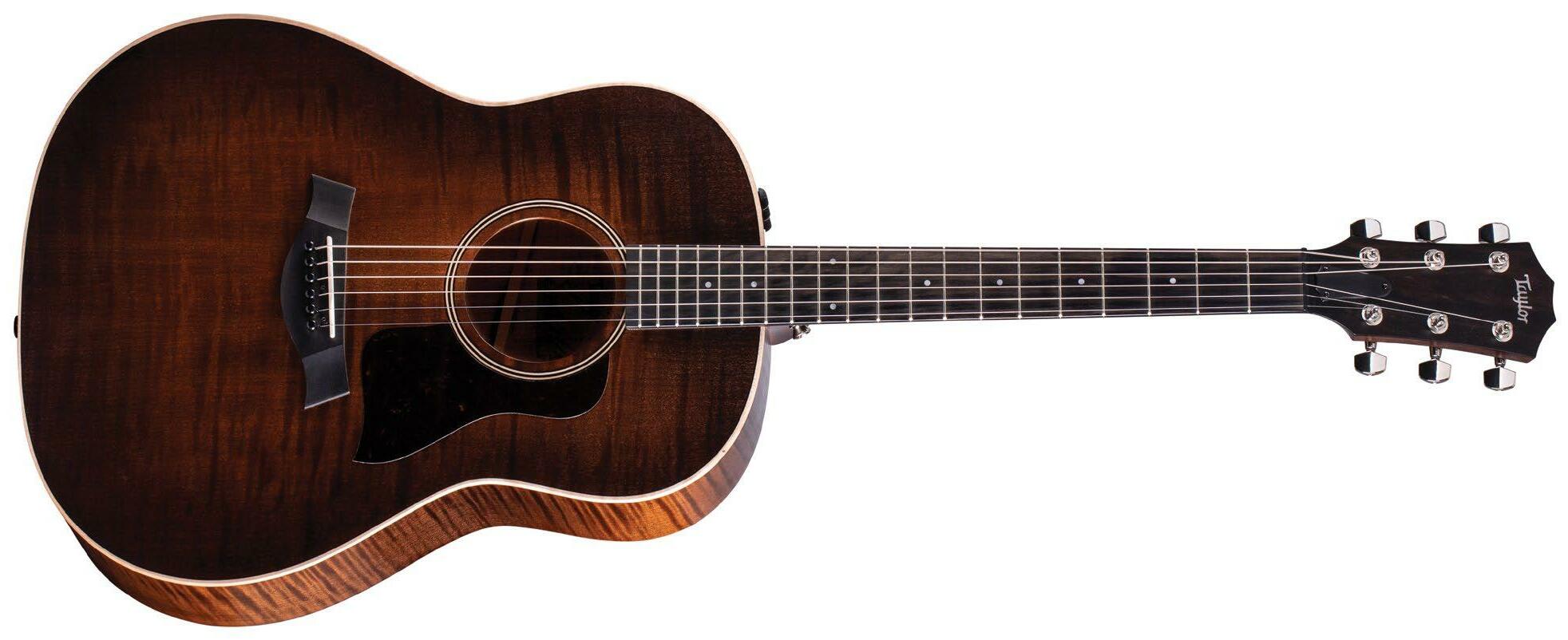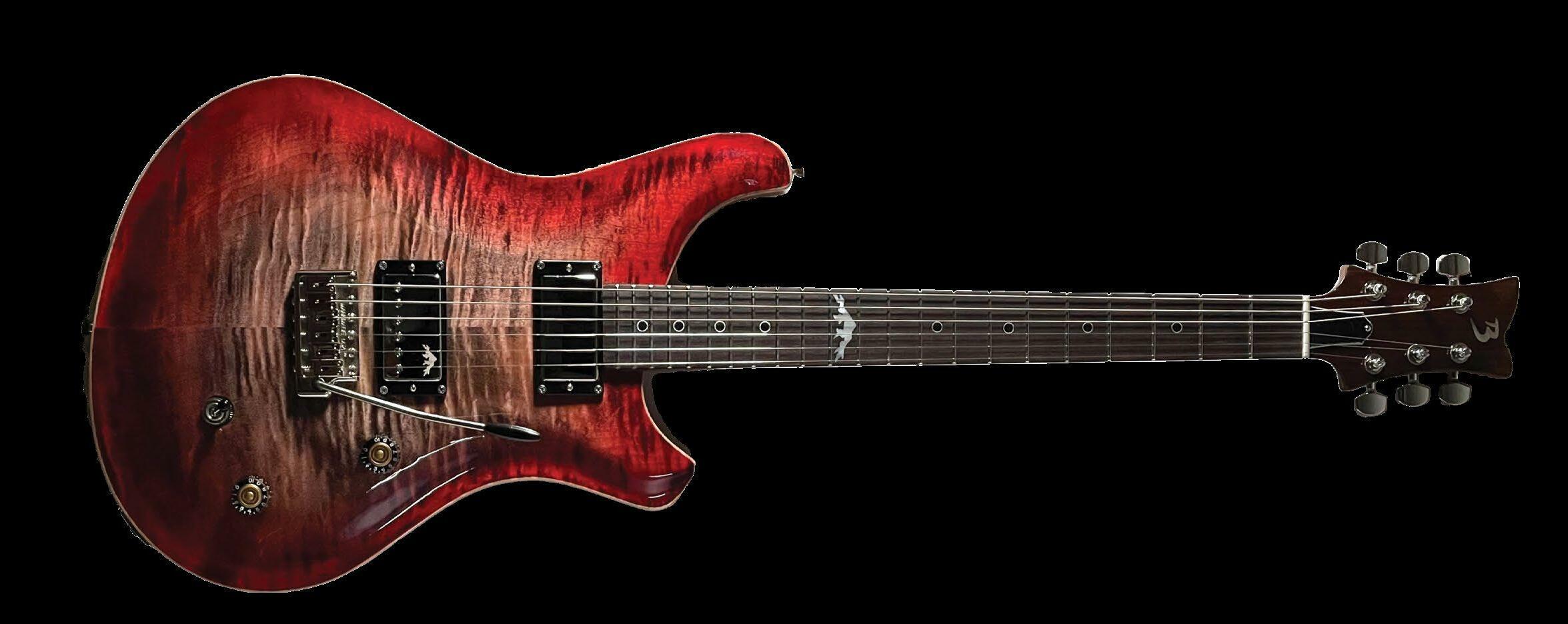
7 minute read
EFFECTS
Pigtronix Constellator
By Paul Riario, Guitar World, Holiday 2021
GUITAR WORLD GOLD AWARD
PERFO R MANCE
There is no shortage of analog delays to choose from, but the Pigtronix Constellator stands head and shoulders above most. With 600ms of modulated echo and two Feel modes, the diminutive Constellator employs a pair of replicas of the Panasonic MN3005 chips that offer impressive fidelity and headroom. Controls include Time (delay time), Mix (dry/wet ratio) Mod (modulation depth) Repeats (feedback amount) and Feel. Setting the Repeats knob at the third star of the constellations graphic on its face and setting the rest of the controls around 11 o’clock offers a great starting point for what I’d like to call a “cosmic cowboy” slapback echo. There’s a beautiful sheen to the overall tone, and adding its plush chorus or silky vibrato to those echoes is a thoroughly enchanting must. I also find its tape-echo saturation a sweetly controlled lo-fi sound — and having 600ms of it is more than enough to get your delayed point across. $179,
pigtronix.com
Source Audio ZIO Analog Front-End & Boost
By Michael Ross, Guitar Player, August 2022
ZIO is a classic clean boost pedal which adds no distortion or radical coloration, relying on the Burr-Brown SoundPlus op-amp for its dynamic range, frequency response and feel. It has four distinct preamp circuits. JFET offers a transparent signal boost; Low-Cut reduces bottom-end for a tighter sound with added headroom; Studio is inspired by the Pultec trick used in recording, which adds clarity by cutting muddy frequencies and adding upper midrange articulation; and E-Plex mimics the warm grit of vintage Echoplex tape delay preamps. With a mild overdrive switched on for crunch rhythm, the booster created a beefier sound with more sustain, suitable for solos. ZIO provides enough sonic variation and value to justify a slot on a pedalboard already crowded with overdrives, distortions and fuzzes. That it does so with the same technological ingenuity that Source Audio has always brought to its digital products makes it a worthy Editors’ Pick recipient. $199,
sourceaudio.net

Pigtronix Space Rip
By Paul Riario, Guitar World, Holiday 2021
GUITAR WORLD GOLD AWARD
PERFO R MANCE
The Pigtronix Space Rip is an analog synth pedal featuring pulse width modulation (PWM), which churns out bellowing sawtooth or square wave shapes that can be altered by using the following controls: Rate (speed of waveform motion) Tune (fine tuning or detuning of the pitched above synth voice) Mix (clean/synth blend), Sub (one octave down voice), Octave button switch (drops an additional octave down) and Shape button switch (sawtooth or square waveform voice). Pigtronix states that the Space Rip’s pulse width waveforms “are produced by the onboard VCO being kept in a state of flux,” and I can assure you they’re not kidding. There is no shortage of kinetic energy propulsion in its octave-thickened belching, Radiohead- inspired mangling of the signal, and oscillating bluster of whatever is being fed into the Space Rip. It blasts off the minute you plug it in and is aptly named — it’s literally ripping your signal apart.
$179, pigtronix.com

Strymon Iridium Amp and IR Cab Pedal
By Dave Hunter, Guitar Player, April 2022
Strymon’s entry into amp modeling and IR cabs comes with the Iridium, a handy, compact, fly-rig-capable pedal. Only three amp choices are included, but they’re classics: Round, modeled on the Fender Deluxe Reverb; Chime, based on the Brilliant channel of a Vox AC30 Top Boost; and Punch, based on a Marshall “Plexi” Super Lead. Each amp shares the same controls for drive, bass, middle, treble and level, plus a room control that dials in reverb of three selectable sizes. Many of the controls do double or triple duty: Cab bypass, amp bypass and input level are accessible via the drive control. The level control also accesses level trim, power-up modes and five options for expression connection modes. Meanwhile, the room knob taps small, medium and large room options. I found the nine factory cab IRs all toneful and worthwhile, and the Iridium’s cornerstone sounds and easy functionality are enough to warrant an Editors’ Pick Award.
$399 street, strymon.net


Strymon Zelzah Multidimensional Phaser
By Chris Gill, Guitar World, June 2022
Strymon’s new Zelzah Multidimensional Phaser provides separate four-stage (à la the Electro-Harmonix Small Stone, MXR Phase 90, Boss PH-1 and more) and six-stage (à la the Maestro PS-1A, ElectroHarmonix Bad Stone, Mu-Tron Phasor II and more) phase shifters that can be used individually or combined to produce a multitude of phase shifter sounds, as well as flanging and chorus effects. Its stateof-the-art digital processing boasts impressive specs, but what’s truly impressive is how well this tech is harnessed to provide the character of a multitude of beloved vintage phasers. The side-by-side configuration allows guitarists to instantly switch between different phase textures, slow sweep to fast vibrato/tremolo effects, phase to flange/chorus, etc. Combining the four- and six-stage sections together at once provides incredible creative potential. Whether you’re looking to replicate a beloved phase effect (or a bunch of them) or seeking your own individual sounds, the Strymon Zelzah is a powerful pedal that offers incredible creative versatility. $349 street,
strymon.net

Universal Audio UAFX pedals
By Jono Buchanan, Electronic Musician, December 2021
Universal Audio’s three debut effects pedals have made big waves in the guitar community, but the feature set should appeal significantly to those of other musical persuasions too. The Golden Reverberator bases its spatial effects on a variety of mid-1960s spring reverbs, three EMT 140 plate emulations and three algorithms from the digital Lexicon 224. The sound quality is sumptuous and there’s huge variety in the range of spatial effects. Want introspective, yearning, slightly wonky reverb? Look no further. The Starlight Echo Station also takes its cues from a variety of modeled Delay units, the first of which, Tape EP-III, is a recreation of the Echoplex EP3. Last is the Astra Modulation Machine, which ships with three emulations and two further bonus ones upon registration. These emulate Boss’ CE-1 Chorus Ensemble, the MXR 126 Flanger/ Doubler and a Tremolo unit derived from Fender’s mid-1960s amps. Don’t be fooled by the stomp-box exterior; there’s masses here for everyone. $487, uaudio.com

TWA Mk. III Triskelion Harmonic Energizer
By Art Thompson, Guitar Player, May 2022
Totally Wycked Audio’s original Triskelion debuted in 2010 as an update of the Systech Harmonic Energizer used by Frank Zappa and other ’70s-era icons. It was essentially a parametric midrange filter with adjustable peak and an obscene amount of gain, with the option of expression control over the filter sweep. The Triskelion Mk. III is the latest incarnation and features a more compact Hammond 1590B chassis, as well as several functions that were absent on the Mk. II version from 2015. There’s a Variant Mass boost switch, which adds upper-midrange emphasis to the filter, along with 30 or so hertz of low-frequency response. The Mk. III proved a powerful tone-sculpting tool that facilitates dialing in anything from glassy and super-funky clean sounds to crushing grind when driving a high-gain amplifier. Three is a charm as they say, and TWA has put it all together with the Triskelion Mk. III. This pedal is a booster like no other. $229 street,
godlyke.com

Walrus Audio Mira Optical Compressor
By Christopher Scapelliti, Guitar Player, November 2022
Walrus Audio’s Mira is an analog optical compressor that offers smooth, transparent compression in a pedal that boasts studio-quality features, specs and headroom. Like most compressors, Mira has controls for input level, threshold (where compression begins to take effect), ratio (the amount of gain reduction applied to your signal) and makeup, which adds back volume lost through compression. Two smaller controls govern attack and release. There’s also a high-pass filter that cuts frequencies below 120Hz, preventing strong bass frequencies from assertively triggering the compressor. Most significantly, the blend control changes the signal from full dry to full wet as you turn it clockwise, permitting parallel compression, where a dry signal is blended with its compressed counterpart. Like the souls rising skyward on its painted chassis, Mira will take your guitar’s sound to a more perfect place. It’s one of those pedals that, once you find the sweet spot, you’ll never turn off.
$249, walrusaudio.com











